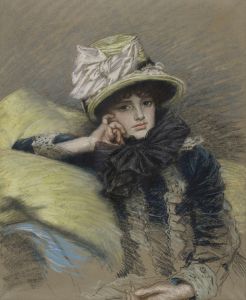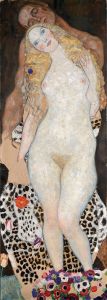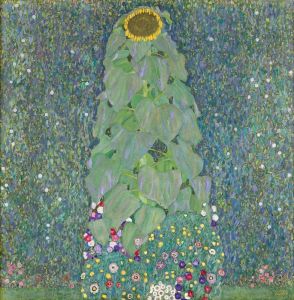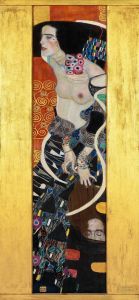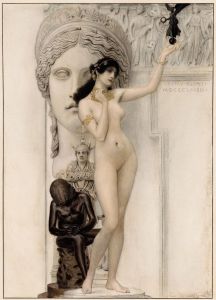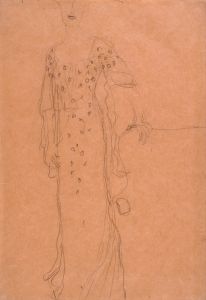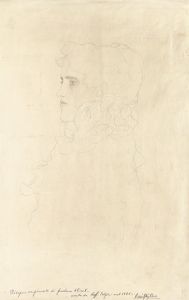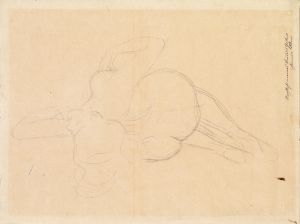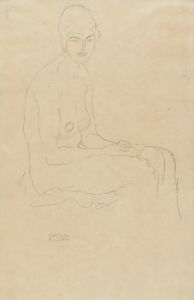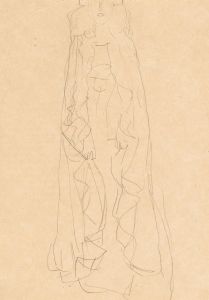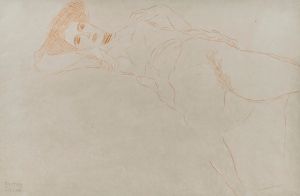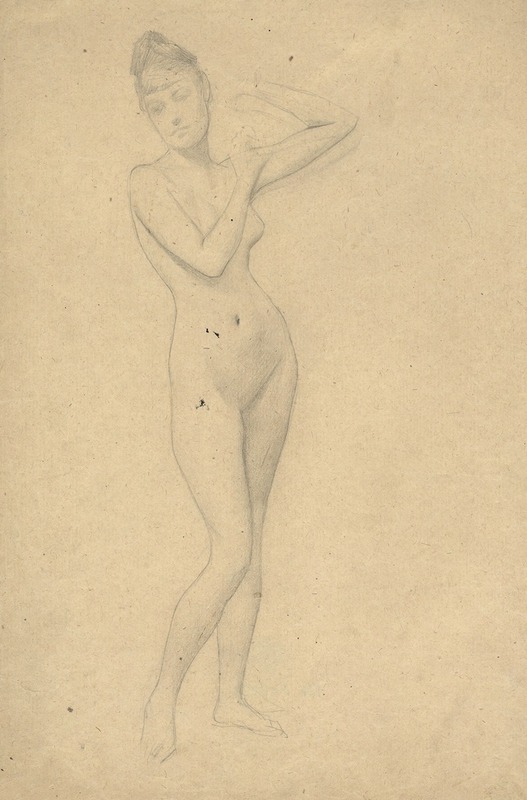
Stehender weiblicher Akt
A hand-painted replica of Gustav Klimt’s masterpiece Stehender weiblicher Akt, meticulously crafted by professional artists to capture the true essence of the original. Each piece is created with museum-quality canvas and rare mineral pigments, carefully painted by experienced artists with delicate brushstrokes and rich, layered colors to perfectly recreate the texture of the original artwork. Unlike machine-printed reproductions, this hand-painted version brings the painting to life, infused with the artist’s emotions and skill in every stroke. Whether for personal collection or home decoration, it instantly elevates the artistic atmosphere of any space.
Gustav Klimt, an Austrian symbolist painter, is renowned for his distinctive style and significant contributions to the Vienna Secession movement. Among his many works, "Stehender weiblicher Akt" (Standing Female Nude) is a notable piece that exemplifies his fascination with the female form and his exceptional draftsmanship. This artwork, like many of Klimt's drawings, showcases his ability to capture the human figure with both sensitivity and precision.
"Stehender weiblicher Akt" is a drawing that reflects Klimt's interest in exploring the human body, particularly the female nude, which was a central theme throughout his career. Klimt's approach to the female form was both sensual and respectful, often highlighting the natural beauty and grace of his subjects. This particular work is a testament to his skill in rendering the human figure with minimal lines, yet with a profound sense of volume and presence.
Klimt's drawings, including "Stehender weiblicher Akt," were often preparatory studies for his larger paintings. However, they stand alone as significant works of art due to their exquisite detail and the insight they provide into Klimt's artistic process. The drawing likely dates from the early 20th century, a period when Klimt was at the height of his artistic powers and actively involved in the Vienna Secession, a group that sought to break away from traditional academic art and promote modernism.
The Vienna Secession was characterized by its embrace of new artistic styles and rejection of conventional norms. Klimt, as a leading figure in this movement, often incorporated elements of symbolism and eroticism into his work, challenging the boundaries of what was considered acceptable in art at the time. His focus on the female nude was both a celebration of femininity and a commentary on the role of women in society.
"Stehender weiblicher Akt" exemplifies Klimt's unique style, which often combined elements of realism with decorative patterns and symbolic motifs. Although this particular drawing is more straightforward in its depiction, it still carries the elegance and fluidity that are hallmarks of Klimt's work. The simplicity of the lines and the subtlety of the shading demonstrate Klimt's mastery of the medium and his ability to convey emotion and character through minimal means.
Klimt's work, including his drawings, has had a lasting impact on the art world, influencing countless artists and continuing to captivate audiences with its beauty and complexity. "Stehender weiblicher Akt" is a fine example of his contribution to the art of drawing and his enduring legacy as one of the most important artists of the early 20th century.
While specific details about the provenance or exhibition history of "Stehender weiblicher Akt" may not be widely documented, the drawing remains an important part of Klimt's oeuvre, reflecting his ongoing exploration of the human form and his dedication to pushing the boundaries of artistic expression.





